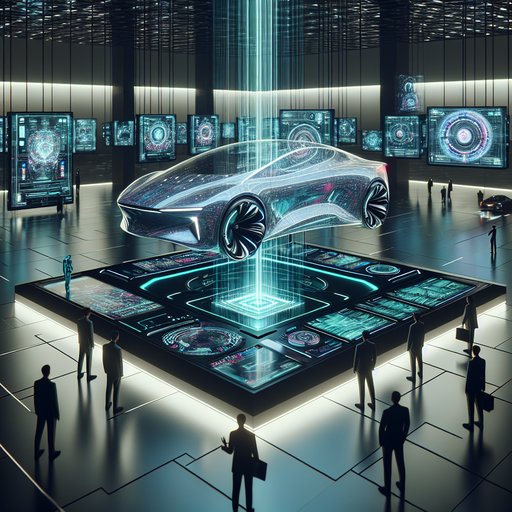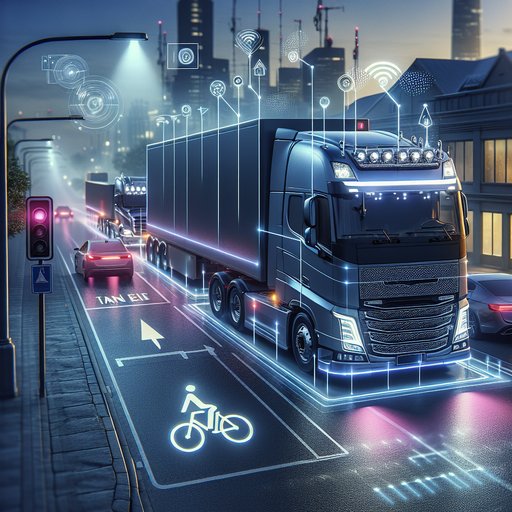
Small modular reactors and advanced nuclear designs are re-entering the energy conversation for a simple reason: the world needs firm, low-carbon power that can be built faster and integrated more flexibly. Over the past decade, nuclear technology has absorbed hard lessons from past accidents, tightened global standards, and redesigned systems around passive safety and simplified operation. At the same time, countries are proving that modern plants can be delivered, and that nuclear waste can be managed responsibly with well-understood engineering. The result is a new generation of projects that aim to complement wind and solar, support industrial decarbonization, and reduce risk by building smaller and smarter rather than simply larger.
Climate targets sharpen the need for reliable clean electricity that does not depend on weather and can anchor industrial heat, hydrogen production, and resilient grids. Nuclear power already provides a substantial share of low-carbon electricity in several regions, but cost and schedule overruns have constrained new builds in others. Small modular reactors (SMRs) and Generation III+/IV designs seek to change that trajectory by shifting more work to factories, trimming systems, and designing for inherent safety. In practice, this means fewer bespoke components on site and a closer resemblance to modern manufacturing supply chains than to one-off megaprojects.
SMRs typically range from tens to a few hundred megawatts electric per module, with the option to add modules as demand grows. Their compactness permits below-grade placement, shorter piping runs, and large surface-to-volume ratios that help dissipate decay heat without powered pumps. Designs such as GE Hitachi’s BWRX-300, NuScale’s VOYGR, and China’s ACP100 aim for simplified layouts and standardized modules that can be produced repeatedly. Parallel construction of modules and balance-of-plant can shorten critical paths, while repeat builds allow learning curves to drive down cost.
Safety is the hinge on which public confidence turns, and modern nuclear designs are built around passive features that work with physics, not against it. Many SMRs rely on natural circulation and gravity-driven water inventories to cool the core for extended periods without offsite power or operator action. Generation III+ large reactors, such as the AP1000 and VVER-1200, add features like passive containment cooling and, in some cases, core catchers to limit severe accident consequences. Underground siting, robust filtered venting, and diverse heat sinks further harden plants against external hazards from floods to station blackouts.
Real projects are testing these ideas. In the United States, two AP1000 units at Plant Vogtle were brought online in 2023 and 2024, demonstrating that new large reactors can be completed under contemporary regulatory and supply-chain conditions. The United Arab Emirates’ four-unit Barakah project reached full fleet operation in 2024, showing how standardization and experienced builders can deliver at scale. For SMRs, Ontario Power Generation is constructing a BWRX-300 at Darlington with first power targeted around the end of the decade, China is building the ACP100 at Changjiang after installing its reactor dome in 2023, and Russia’s floating plant at Pevek has supplied electricity and heat since 2020.
China’s high-temperature gas-cooled HTR-PM connected to the grid in 2021, expanding the portfolio of advanced designs with process-heat potential. Economics remains the central challenge, and first-of-a-kind projects face inevitable learning costs. The cancellation of a planned NuScale project in 2023 underscored the importance of predictable supply chains, firm offtake, and risk-sharing frameworks. Policymakers are responding with instruments such as contracts for difference, regulated asset models, and standardized reference designs to de-risk early units.
The United Kingdom’s 2023 small modular reactor competition shortlisted multiple vendors to accelerate a fleet approach, while industrial buyers in countries like Poland have aligned around specific designs to aggregate demand. As with other infrastructure, replication, stable policy, and project discipline are the levers that bend nuclear costs down. Waste is often perceived as an unsolved problem, but the engineering and siting solutions are well established and advancing. A gigawatt-scale reactor produces only a few dozen tonnes of spent fuel per year, which is cooled in pools and then moved to robust dry casks for secure storage.
Finland is constructing the world’s first deep geological repository for spent fuel at Olkiluoto, and Sweden approved a similar repository at Forsmark in 2022—clear, regulated pathways for final disposal. France has long reprocessed spent fuel at La Hague, recovering usable materials for mixed-oxide fuel, while Russia’s BN-800 fast reactor has operated on MOX to reduce plutonium stocks. SMRs do not eliminate waste, and their waste per unit of electricity can be similar to large reactors, but standardized packaging and predictable fuel handling make logistics straightforward. Fuel and materials supply chains are modernizing alongside reactor designs.
Some advanced concepts require high-assay low-enriched uranium (HALEU), which is below the 20% enrichment threshold but above the levels used in today’s large reactors; building non-Russian capacity has become a priority. In 2023, a U.S. facility began producing initial quantities of HALEU under a Department of Energy program to catalyze domestic supply, and additional enrichment and fabrication projects are in motion in Europe and North America. Existing light-water fleets are also testing accident-tolerant fuels with improved high-temperature performance, adding resilience layers that benefit both current and future plants.
Across the board, qualification pathways run through independent regulators and international safeguards to ensure safety and nonproliferation. The broader system benefits of SMRs and advanced reactors extend beyond electricity. Compact plants can be sited at retiring coal stations to reuse grid interconnections and skilled workforces, providing firm power where it is already needed. High-temperature designs open routes to low-carbon hydrogen, ammonia, and synthetic fuels, while smaller units can serve district heating or desalination without long transmission lines.
Because their credible accident consequences are lower, some SMRs are pursuing reduced emergency planning zones, subject to conservative analyses and regulatory review, which can help with siting near industrial loads. These end uses let nuclear complement renewables by supplying heat and capacity services that wind and solar cannot provide on their own. The direction of travel is clear: safety is being hardened into the design, waste solutions are moving from plan to practice, and delivery models are shifting toward replication. None of this obviates the need for disciplined project management, transparent communication, and international cooperation on regulation and fuel cycles.
But experience from Barakah to Vogtle, from Pevek to Darlington, suggests that modern nuclear can contribute reliably to decarbonization when built to common designs and accompanied by sound policy. If countries pair SMRs and advanced reactors with continued renewable expansion, demand-side flexibility, and upgraded grids, the result is a cleaner, more resilient energy system. The next few years will test whether early SMR projects can hold schedules and budgets and whether supply chains can scale HALEU and specialized components responsibly. Success will not hinge on a single technology but on many designs proving they can be licensed, manufactured, and operated safely in diverse contexts.
With that proof, modern nuclear can earn its place as a practical tool for cutting emissions, securing power systems, and managing waste with confidence rather than controversy. The opportunity is substantial; the task now is to execute consistently and keep learning forward.











